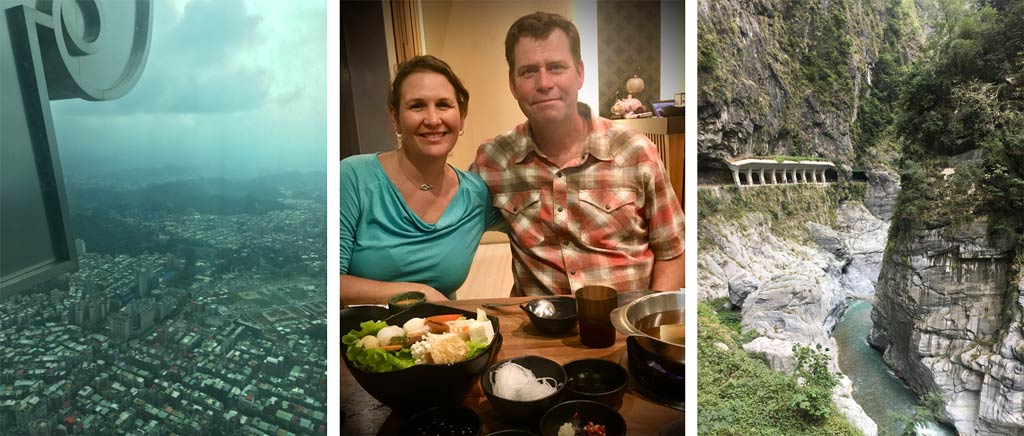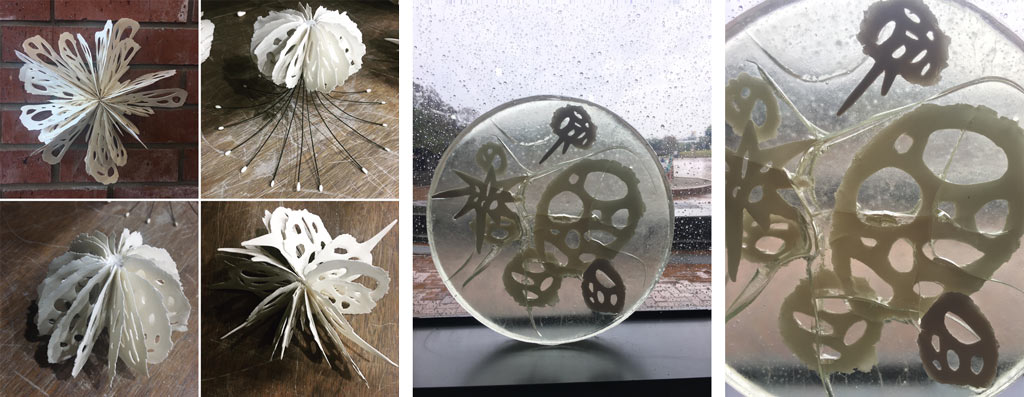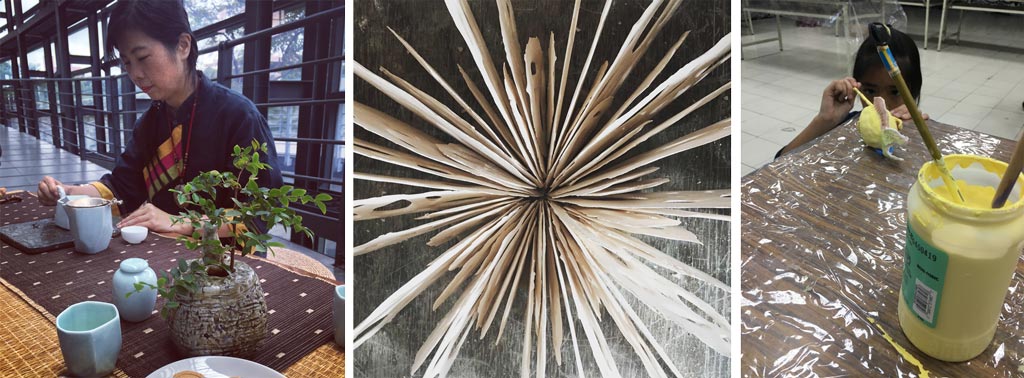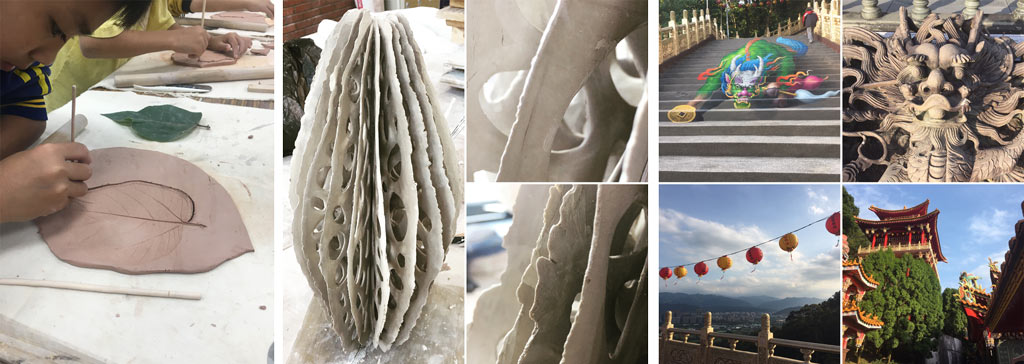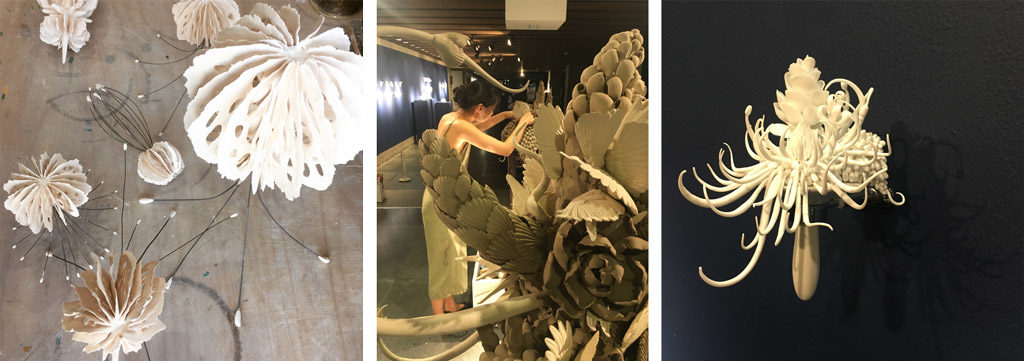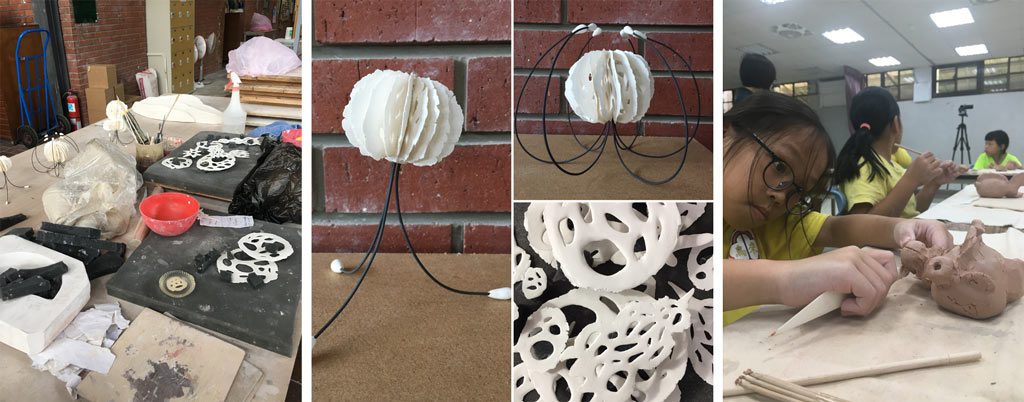Well, these are definitely weird and perplexing times. As everyone around the world is trying to reinvent the way that they do their jobs, care for their families and go about their day, we are doing the same by reworking all of our plans for this year.
Right now we should be driving through the desert of Baja, eating fish tacos on fresh made tortillas and swimming in warm waters, but we’re not. I had hoped to create some works at the Taller de Terreno studio as we camped out on our adjacent property in Todos Santos, but that’s not happening either. Our multi-month North America road trip has been rerouted to only include the US, not Mexico or Canada and rather than go see art and cultural events in cities while visiting with friends, we plan to stay out in nature instead. And this isn’t necessarily a bad thing, but a lesson in how to make flexibility the key to our planning these days.
Please note: Before you say ‘Why are they traveling at all?’, if you don’t know this already, we live full time in our converted, self-contained van, so technically we are staying home, our home just happens to be wherever we park it. That said, we are being responsible in our travel, only getting groceries as needed, no campgrounds, hotels, restaurants and we’re staying away from crowds. Luckily we are set up to stay out in nature like this for a long time.
Ok, so with that note out of the way, what exactly IS my plan to create art in the time of Coronavirus? Before we left the studio, I loaded up the van with a few bags of clay and some tools to make some art on the go. Taking inspiration from nature and really connecting to a sense of place, I plan to create small, ephemeral, site-specific works in nature. I’ll be documenting them and then removing them (no littering in nature!). I’m intrigued to see how these installations will simultaneously document where we go in our travels and how i respond to those places from a creative perspective. Maybe all of the images will all end up in a book in the end – we’ll see! I’ll post the photos on my Instagram feed and here on the ‘the dirt’ in weekly posts. Hope you enjoy this process and hope you are all staying healthy out there!
Here’s the first one to get you started…



